Haunting images have surfaced of HMS Hawke in its final resting place on the North Sea floor
It comes after deep-sea divers took to the deep waters off the coast of Fraserburgh in a bid to confirm the identity of the vessel.
The pictures serve as the first sighting of the now confirmed Royal Navy vessel, which was torpedoed during a patrol of the North Sea on October 15, 1914.
More than 500 of the ship’s crew died when it was attacked by a German U-boat that day.
The wreckage was discovered back in August, about one kilometre away from an ‘obstruction’ marked on existing charts of the North Sea – and about ten kilometres from Hawke’s location estimated by the UK Hydrographic Office in the early 70s.
Found in “remarkable” condition, divers from organisation Lost Waters Deep – which aims to find lost and forgotten shipwrecks – recorded “tell-tale” features of the World War I warship.
However it has taken until now to formally identify the ship. 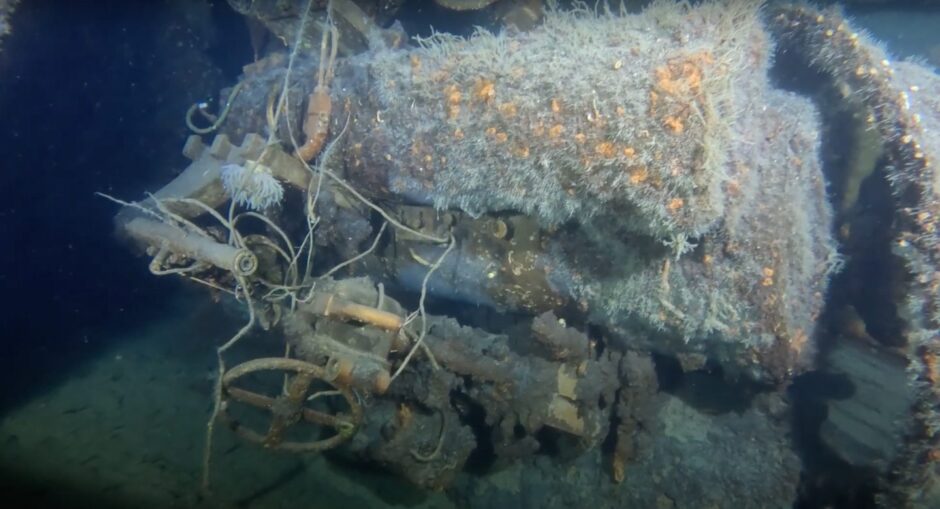
Deep-sea divers confirmed the identity of the vessel. Image: The Royal Navy
HMS Hawke wartime ship is ‘remarkable time capsule’
Two large guns, an Admiral’s walkway around the stern, navigation equipment, and teak decking have been discovered.
Steve Mortimer, one of the divers, said that the ship serves as a “remarkable time capsule”.
He said: “The wreck is in remarkable condition for a vessel of this era, likely due to the depth and having never been dived before.
“It’s a fascinating site. You can look though the open scuttles and see artefacts just lying there on the deck.
“There’s lots of Royal Navy crockery, including teacups, plates and bowls. It’s a really remarkable time capsule.”
HMS Hawke confirmation means 526 souls ‘no longer lost’
Kevin Heath, who runs Lost Waters Deep, said the find was the result of “huge amount of effort” from his team.
He said: “It is great to hear that the Royal Navy has confirmed our discovery of HMS Hawke.
“A huge amount of effort went into the research behind this project, so we knew we were searching in the right area – but until divers go down and visually ID the wreck, you can never be 100 per cent sure.
“It was such a relief when the divers surfaced and reported they had found a wreck with guns; I knew it had to be HMS Hawke.
“To have the Navy confirm this means that the final resting place of those 526 souls is no longer ‘lost’ and the site can be protected for future generations.”
Lieutenant Commander Jen Smith, who joined the team on previous dives, added that even after more than a century, efforts to locate and identify wrecks around the UK is appreciated by today’s senior service, as well as the descendants of those lost.
She added: “Without these volunteers dedicating their time to these projects, the resting place of many of our sailors would never be found and their sacrifices forgotten, so we are most grateful.”
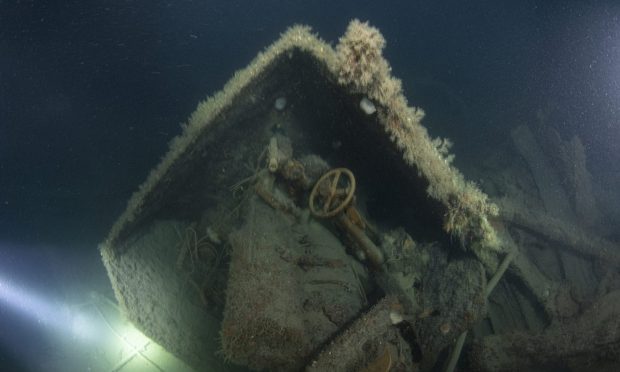
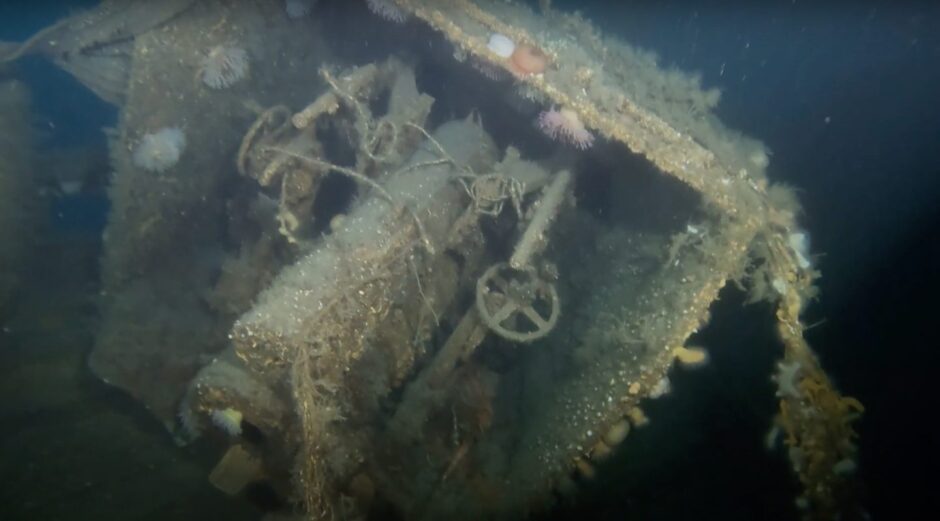
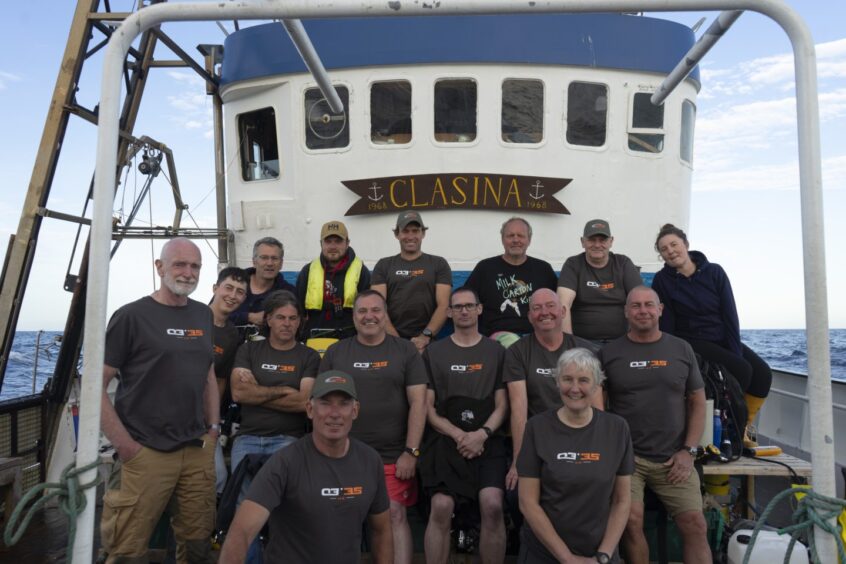
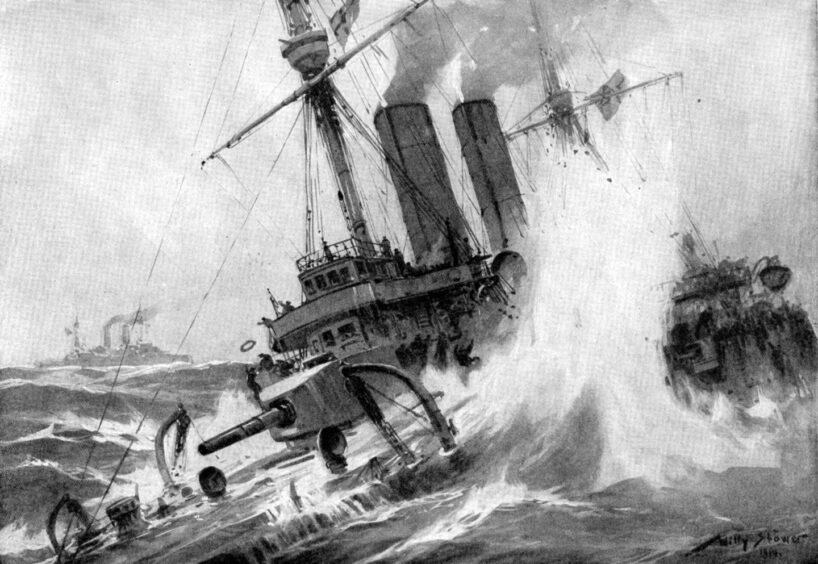
Conversation